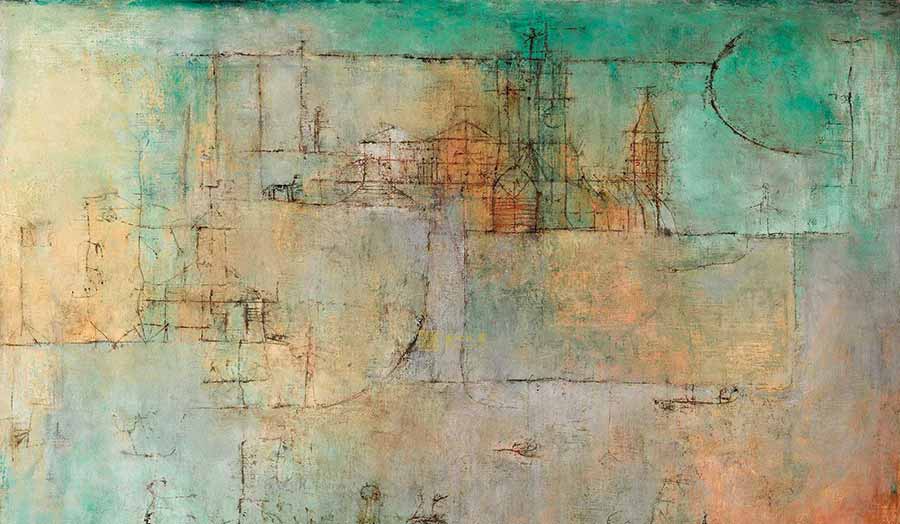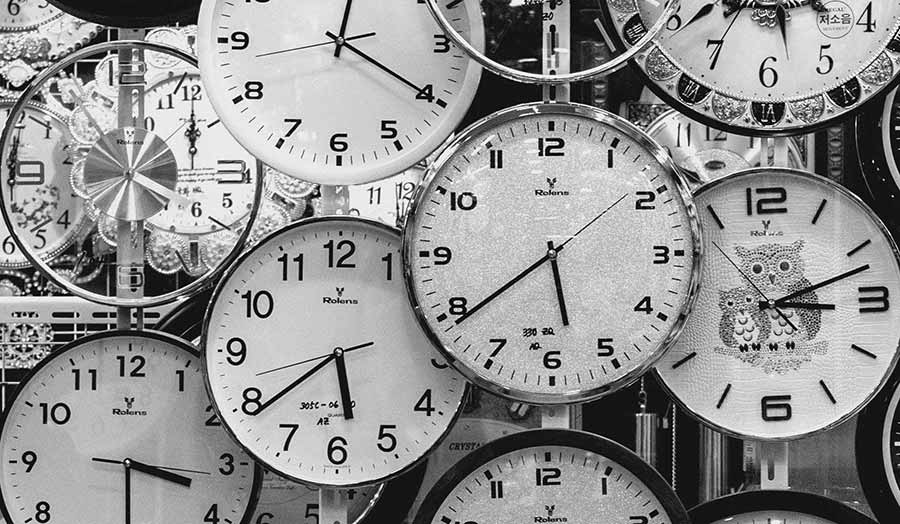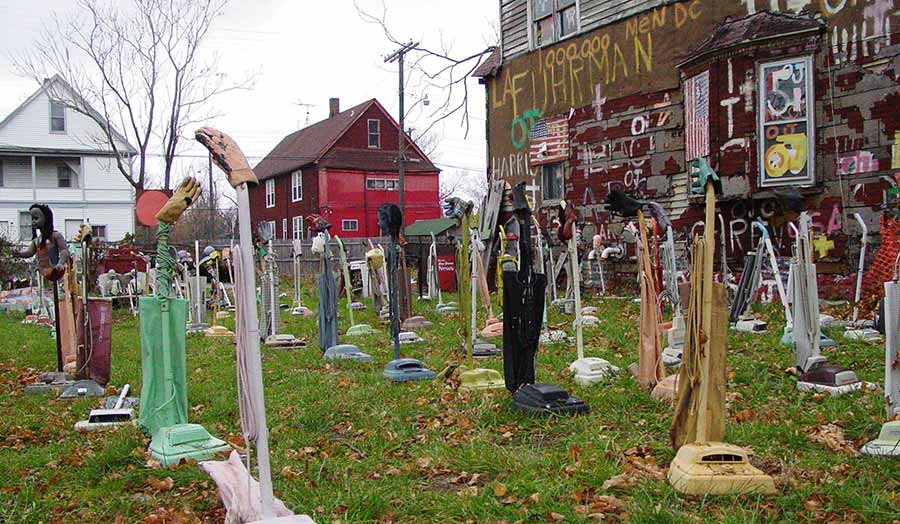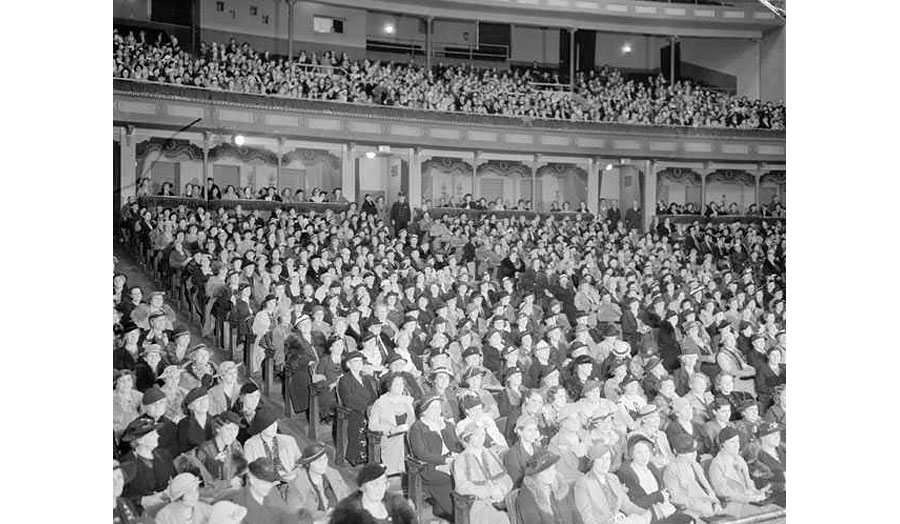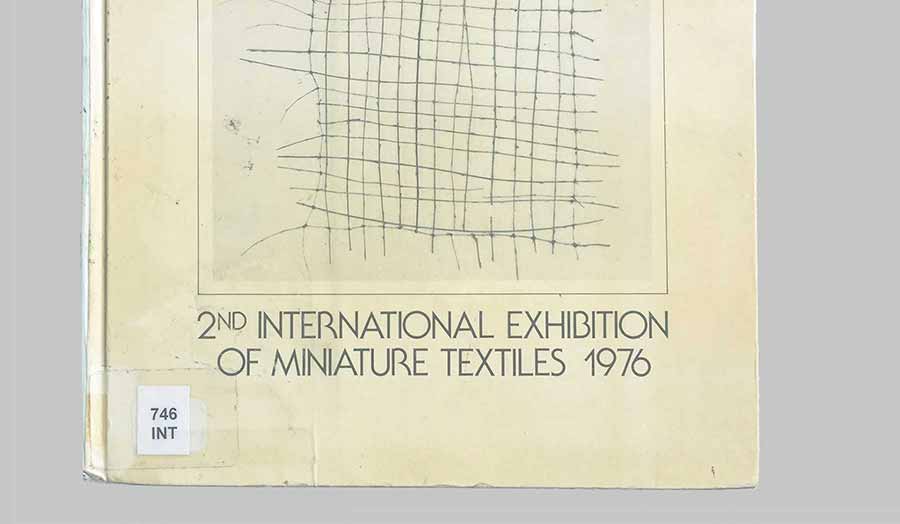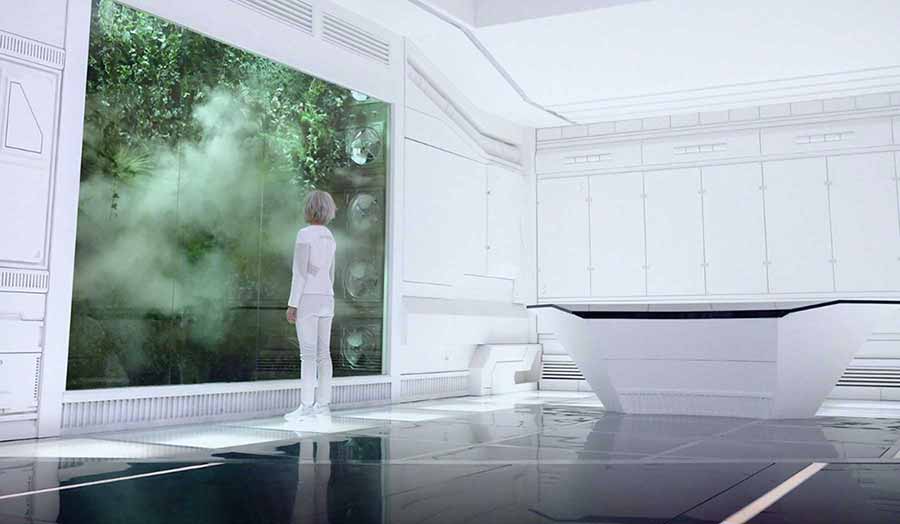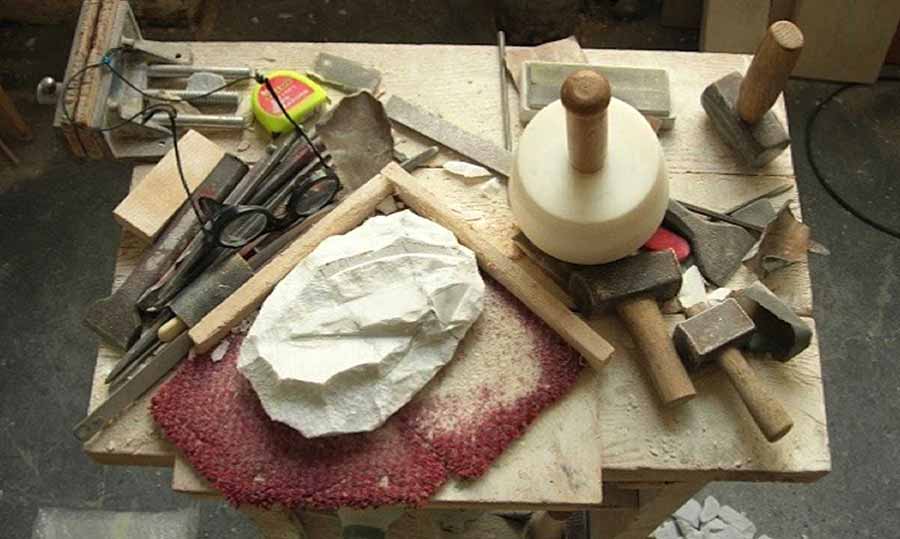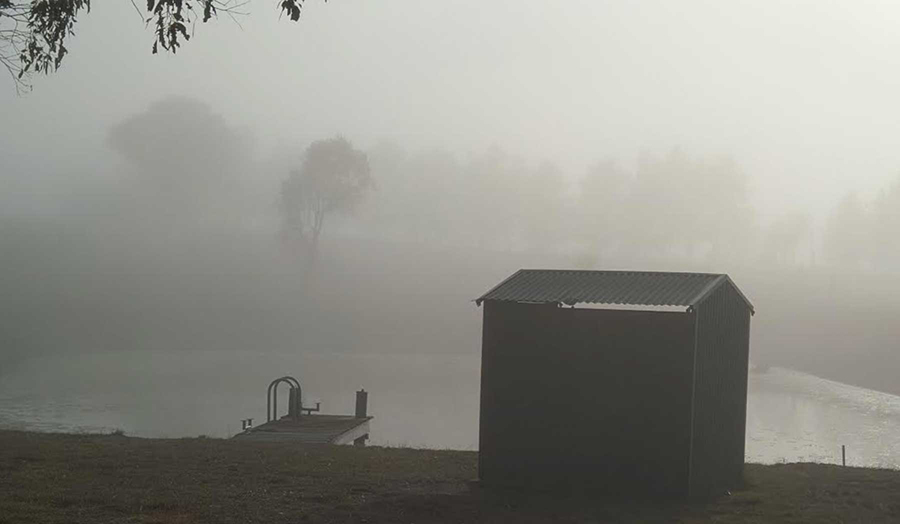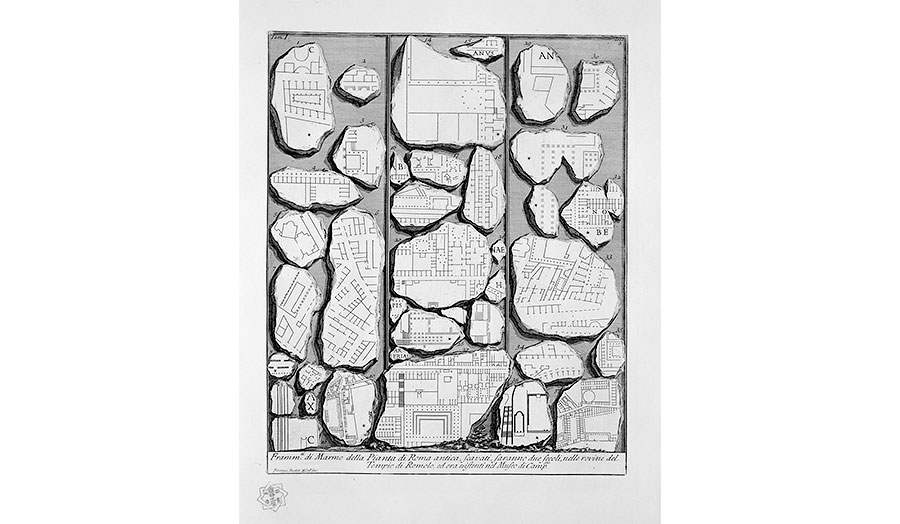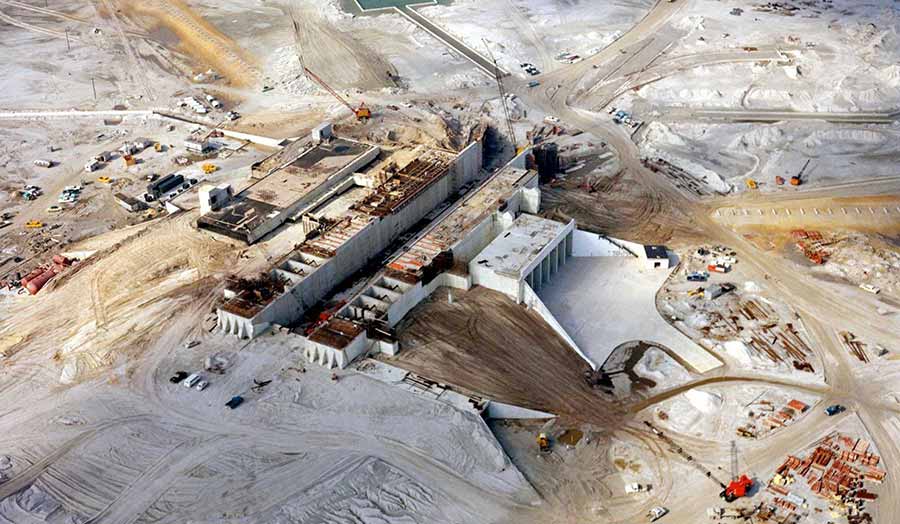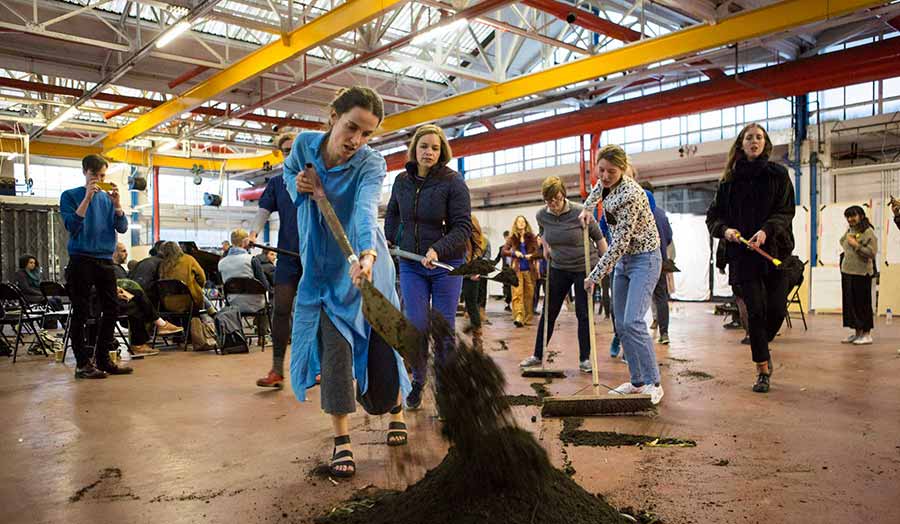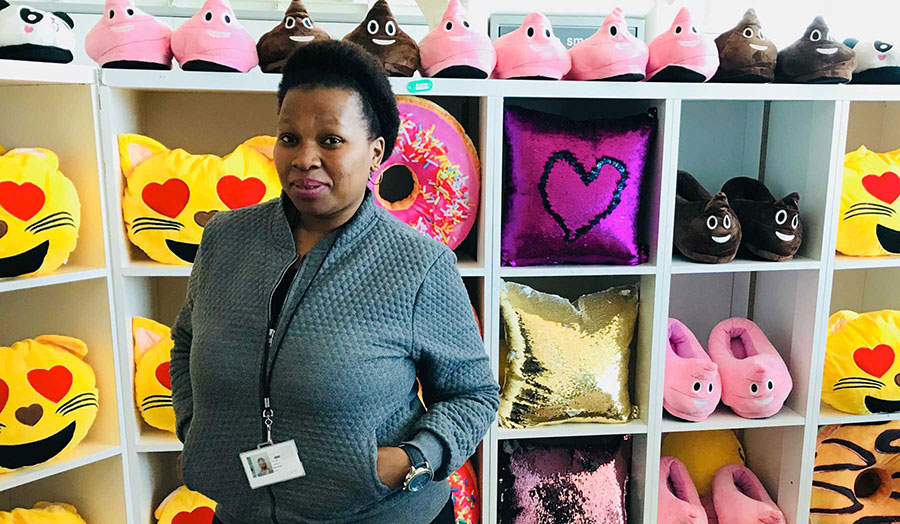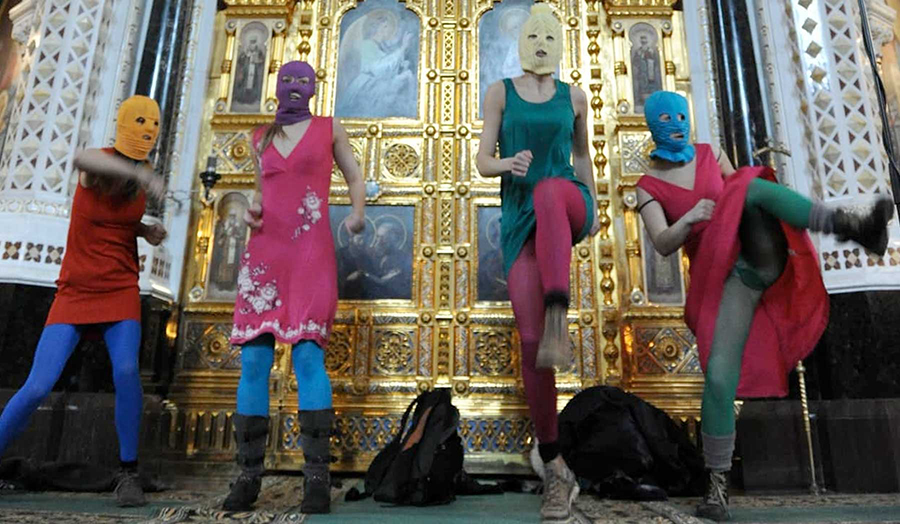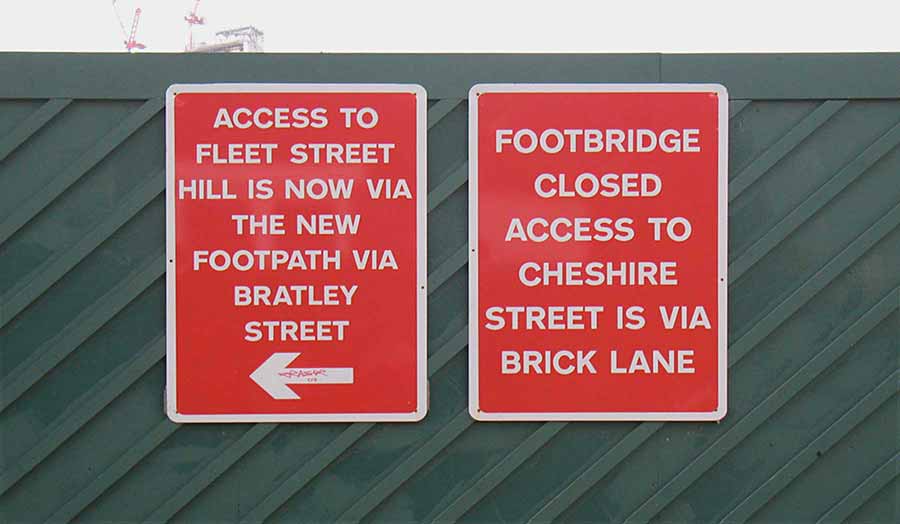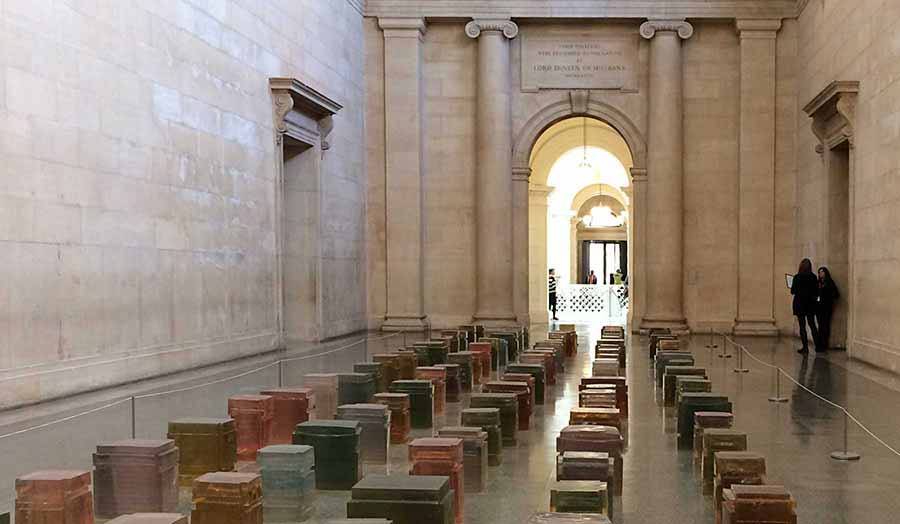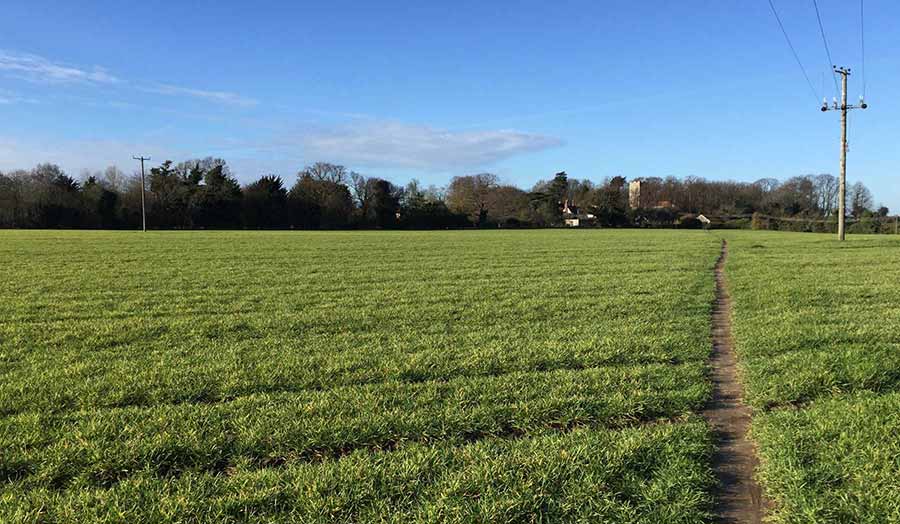Studio brief
Dissertations produced in this studio will be informed by critical research into how data is collected and then used as raw material with which to make or mediate architecture, design and artwork. We will work with a definition of data that includes information collected or used also in analogue or low-tech forms, and which is not limited to the digital sphere only. Individual dissertation projects will examine how crude facts are shaped by design into material, visual or spatial artefacts, and probe the unique and ephemeral circumstances from which such artefacts emerged. Assumptions and bias are always embedded in the ways crude facts are gathered and then narrated into habitable stories. How long do these narrations remain functional before they require to be patched with new data? Are machines also being taught bias when they are instructed to collect and process information?
We will discuss the implications of relying on datasets in interpreting the world; the archives and other repositories where data is stored; and the constructs into which it is shaped, e.g. truth, fiction, backstory, or provenance. Everything turns into data-conveying media when a reader manages to extract content. The story of social change is archived in human-made artefacts buried under layers of soil and water; or in the descriptions and plot twists of old novels and poems. Floppy disks or VHS tapes stored in the attic are silent until they are run through vintage technology. Mobile or wearable devices track human movement across space and the patterns they identify inform architecture, infrastructure and urban planning. Faces in the crowd can stay anonymous until they are run through face recognition software and matched to personal profiles. Deeper layers of the Earth crust recount the natural history of the planet if they are run through geological analysis. The chemical legacy of human activity is recorded in the rings of ancient trees; in samples of past atmospheres trapped in amber and Antarctic ice; or in the flesh of living ocean organisms. Preparation work will include seminars, group critiques, visits, screenings, reading groups, and other activities aimed at supporting students’ individual projects.
Suggested readings, resources and preparatory activities
- Giorgio Agamben, What is an Apparatus? And Other Essays (Stanford University Press, 2009).
- Mario Carpo, The Second Digital Turn: Design Beyond Intelligence (MIT Press, 2017).
- Wendy Hui Kyong Chun, Updating to Remain the Same: Habitual New Media (MIT Press, 2016).
- Jennifer Gabrys, Program Earth: Environmental Sensing Technology and the Making of a Computational Planet (University of Minnesota Press, 2016).
- Adam Greenfield, Radical Technologies: The Design of Everyday Life (Verso Books, 2017).
- Yuval Noah Harari, Homo Deus: A Brief History of Tomorrow (Harvill Secker, 2016).
- Manuel Lima, Visual Complexity: Mapping Patterns of Information (Princeton Architectural Press, 2011).
- Shannon Mattern, Code and Clay, Data and Dirt: Five Thousand Years of Urban Media (University of Minnesota Press, 2017).
- Dietmar Offenhuber and Carlo Ratti, Decoding the City: Urbanism in the Age of Big Data (Birkhäuser, 2014).
- Eyal and Ines Weizman, Before and After: Documenting the Architecture of Disaster (Strelka Press, 2014).
Podcasts to listen to:
- 99% Invisible (PRX)
- Benjamen Walker’s Theory of Everything (PRX)
- e-flux podcast (e-flux)
- On Design (Monocle 24)
- Tomorrow’s World (BBC)
- The Urbanist (Monocle 24)
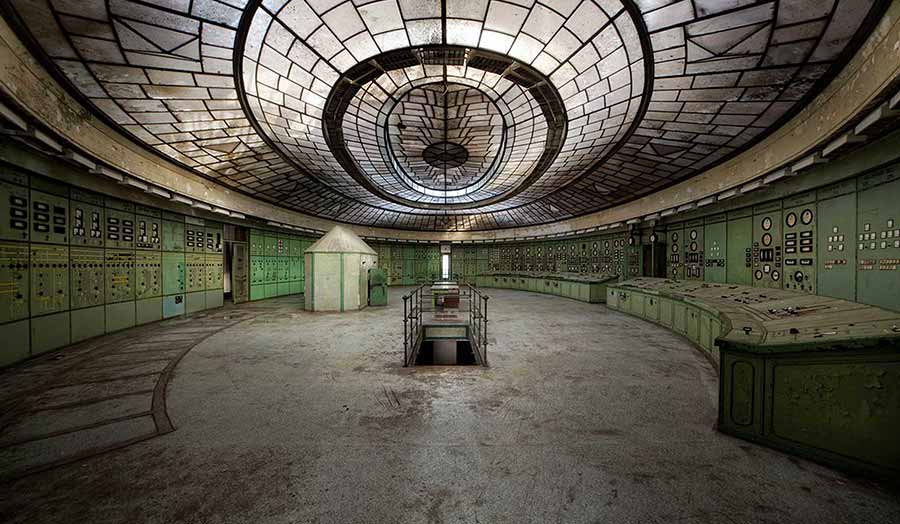
Details
| Tutor | Gabriele Oropallo |
|---|

